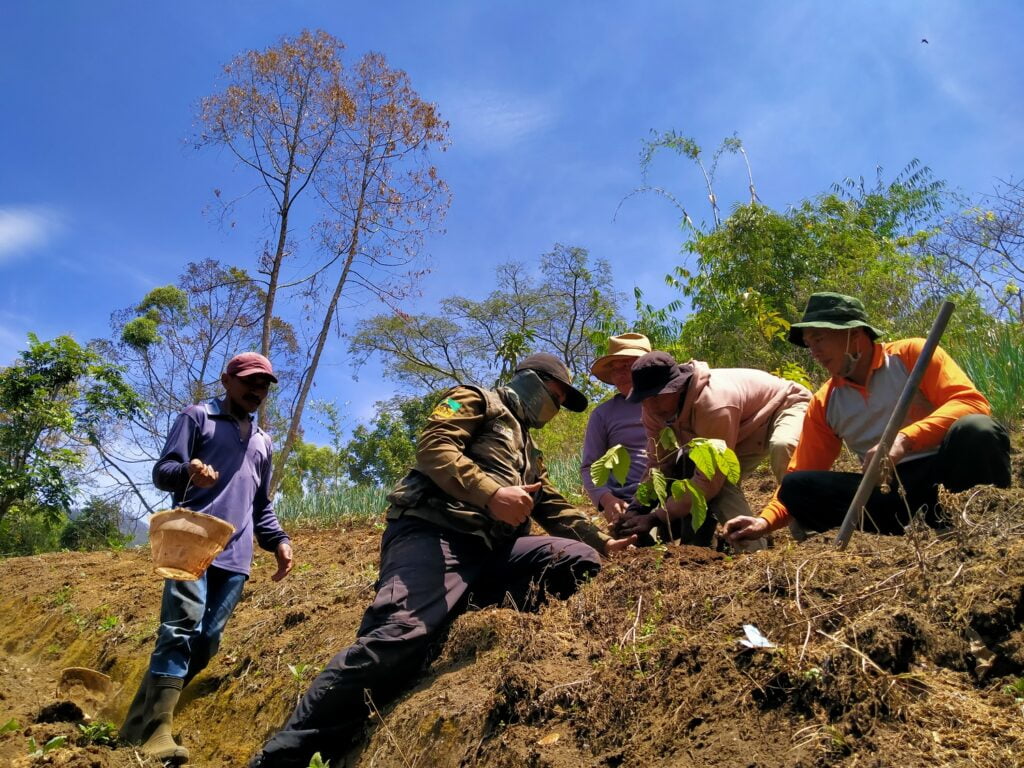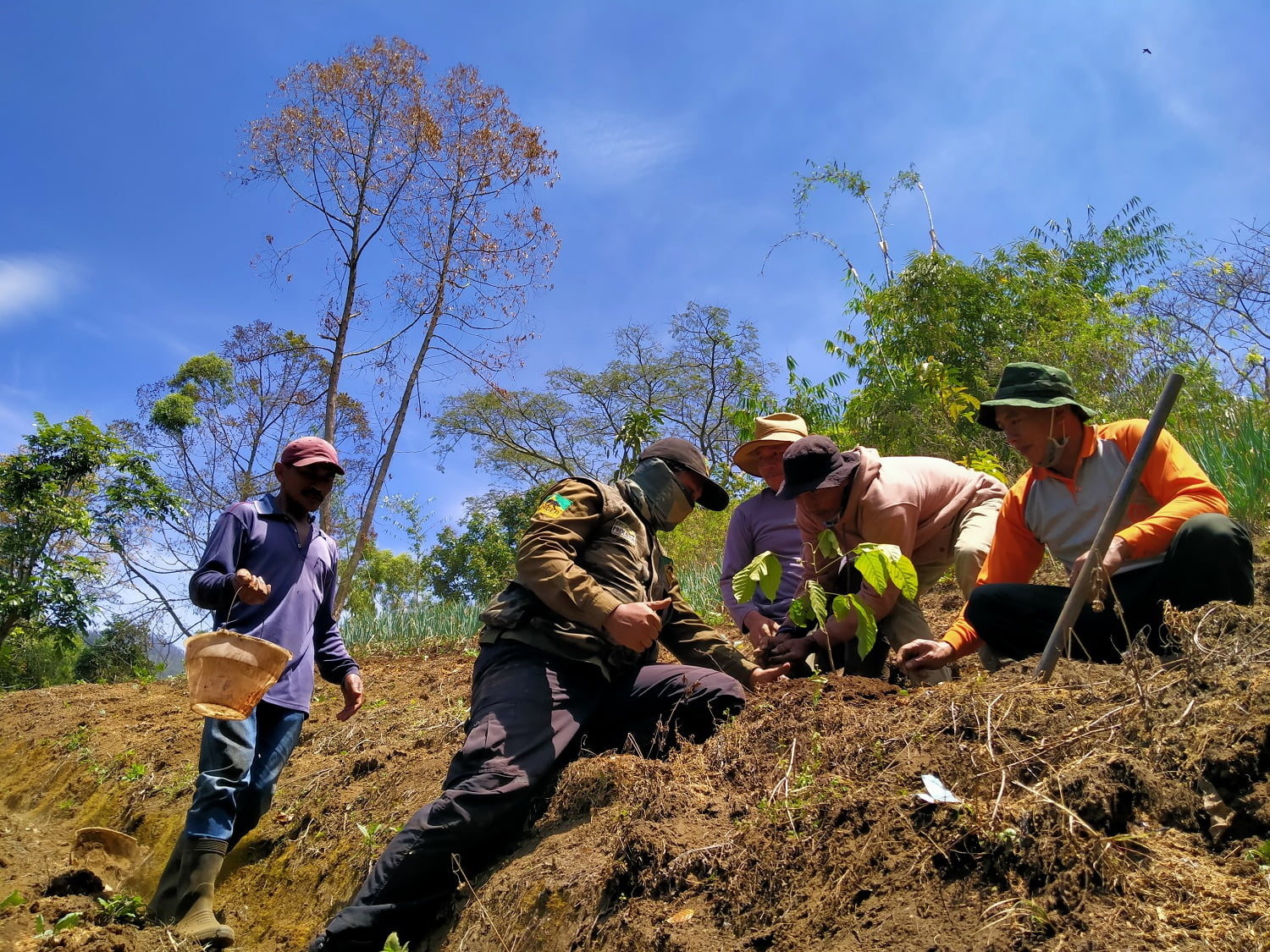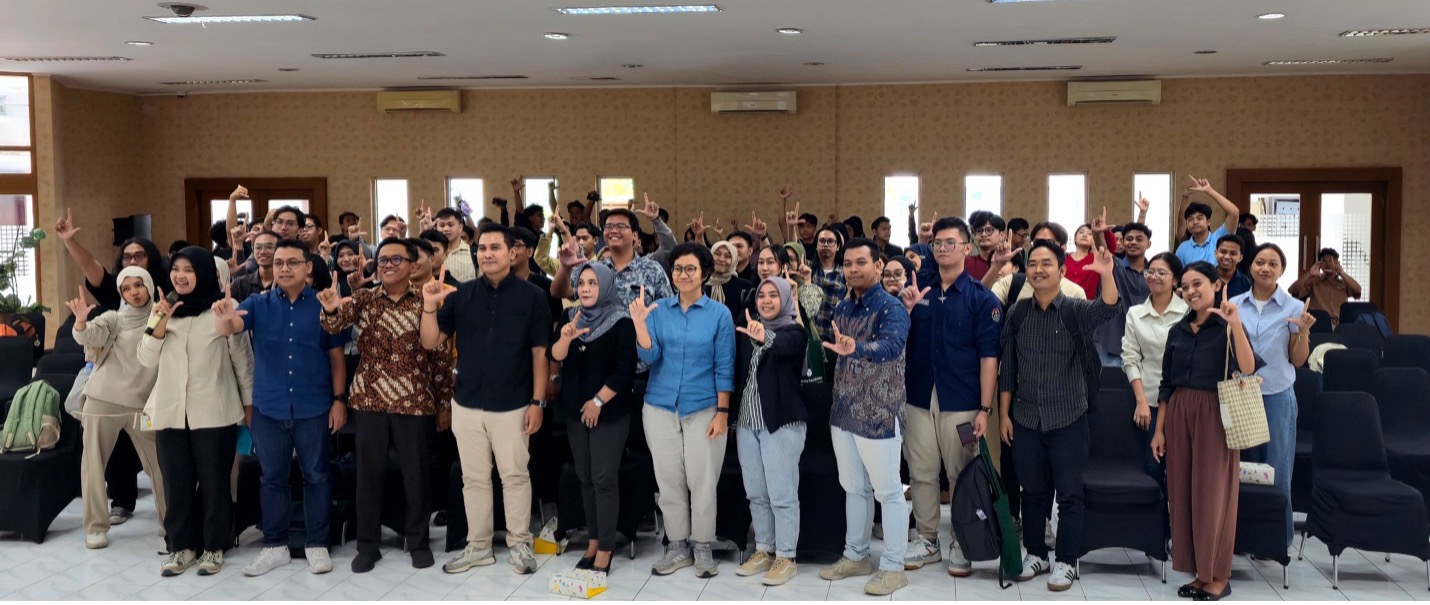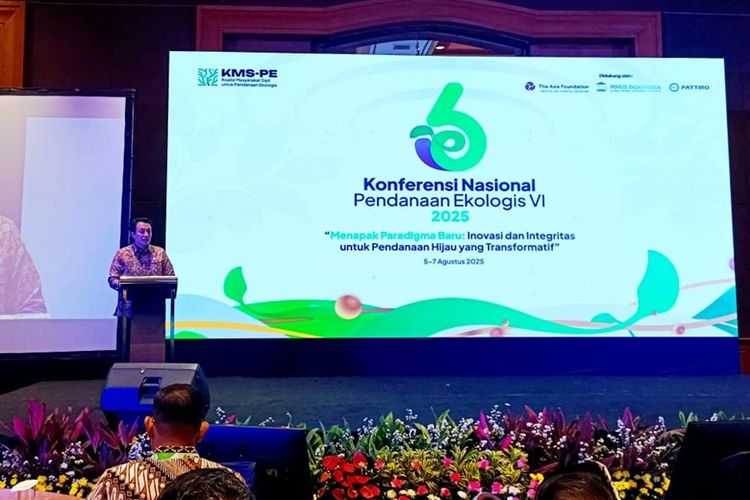
Forest and Land Rehabilitation (RHL) is one of the priority strategies of the Indonesian government in the 2020-2024 National Medium Term Development Plan (RPJMN) to develop the environment and increase resilience to disasters and climate change. Based on the results of the PATTIRO study, the failure to achieve the RHL target in the previous period was due to several factors, including constraints on rights and status of critical land to be rehabilitated, not yet optimal control over the use of space around the Watershed (DAS), lack of funding sources for RHL from the APBN so that the government’s rehabilitation capacity is only 200,000 ha, the orderly and inaccurate reporting of RHL makes RHL data originating from non-APBN and APBD not properly reported, and there is no system to integrate RHL data from APBN, Non-APBN, and Regional Income and Expenditure Budgets ( APBD).
In order to formulate RHL policy recommendations to the government, PATTIRO through the support of the International Development and Research Center (IDRC) and the OAK Foundation, is currently conducting research on the effectiveness of the RHL program in reducing greenhouse gas emissions in East Kalimantan Province. This research is in collaboration with the Kawal Borneo Community Foundation (KBCF) as a regional partner. In its development, PATTIRO has obtained initial findings on the effectiveness of RHL obtained from the results of literature studies, stakeholder interviews and field observations. The findings of RHL include planning, implementation, monitoring and evaluation of RHL, community participation in RHL, forest cover, institutional coordination in the RHL program, and the economic impact of the RHL program.
In order to convey the initial findings of the research, on Wednesday (28/9) PATTIRO held an online Focus Group Discussion (FGD) by inviting regional stakeholders who became informants in the research, namely from the East Kalimantan Provincial Forestry Service, Forest Management Unit (KPH), Bappeda and the Environmental Services in Berau and East Kutai Regencies, Village/Kampung Governments, Forest Farmers Groups, and civil society representatives. This activity aims to reconfirm the initial findings on the aspects explored in the implementation of the RHL.
Asiswanto Darsono, PATTIRO’s Program Officer conveyed the initial findings of this study photographing the implementation of RHL from three funding sources, namely APBN, APBD and the private sector. The portrait of the implementation of RHL is seen from the aspects of planning and budgeting of RHL, implementation of RHL, and evaluation monitoring. Each aspect emphasizes how the implementation of RHL is related to forest cover, socio-economic communities and institutions.
From a social perspective, the involvement of the community in the implementation of RHL by the APBD is greater than that of the APBN. In RHL activities funded by the state budget, community involvement is minimal, most of them are only workers when planting is carried out by third parties. This is different from RHL, which is sourced from the APBD, specifically from the Reforestation Revenue Sharing Fund (DBH DR). The involvement of groups receiving social forestry permits as RHL executors is not only during planting, but also involved in the planning and evaluation monitoring stages. However, even though the community has been involved in the RHL process, the involvement of men still dominates RHL activities.
However, information about the RHL program from the local government is felt to be lacking by the community. Tamin from the Batu Numok Forest Farmers Group (KTH) added that the community did not receive socialization on the implementation of RHL from the local agency or government. The lack of socialization caused him and KTH management to find it difficult to invite the community to protect nature in a sustainable manner, including planting and preserving forests. In fact, according to him, through RHL the community can increase their income. He admits that the net income he receives from RHL activities ranges from 2-3 million rupiah per month. According to him, this income is only an impact, the main thing is how awareness will maintain forest sustainability in a sustainable manner.
Meanwhile, Bambang MJ from the East Kutai Environmental Service said that apart from involving the community as workers in RHL, community involvement in RHL was also seen in determining the location of RHL. This is similar to what has been implemented by the East Kutai Environmental Service where since 2020 it has started to change the pattern for determining RHL locations by involving community input. As a result, the community tends to be more active both during planting and maintenance, said Bambang MJ from DLH East Kutai.
It is hoped that the implementation of RHL will also have an impact on the communities around the forest. Sugino, the Service Technical Implementation Unit (UPTD) KPHP Manubar explained that in order to improve people’s welfare, there is a need for Social Forestry preparation assistance so that people can manage the area with the Government. “We are only limited to carrying out outreach and assistance for Social Forestry and providing assistance for the welfare of farmer groups,” said Sugino. In addition, the community can also be involved in self-management. “There are also reforestation activities in the form of community forest development which can be carried out on a self-managed basis,” said Mohamad Subiyantoro, Head of Forest and Land Rehabilitation Section of the East Kalimantan Environment Service.





